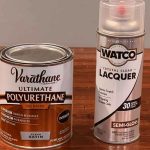Stain Over Paint For Antique Look: Guided in Detail in 2023
A stain on anything can mess it up. And if you are wondering about applying stain over paint, you need to know if it is actually possible and feasible at the same time. Otherwise, you will just destroy your valuable painting with it!
Now you may wonder, can I put a stain over paint for an antique look? Yes, you can do it. To do this, you first need to prepare the surface by taking the necessary precautions. Then you sand the surface and apply stain and sealant to complete the process.
Well, here is the answer to your question. But to know how to do it in the right way, you need to read along and we have got many more insights to it. So, get started now!
Can I Put A Stain Over A Paint for An Antique Look?
Well, yes, putting a stain over paint for an antique look is nothing unusual! This is absolutely fine if you are trying to get a new look. For your information, this technique is known as antiquing or glazing.
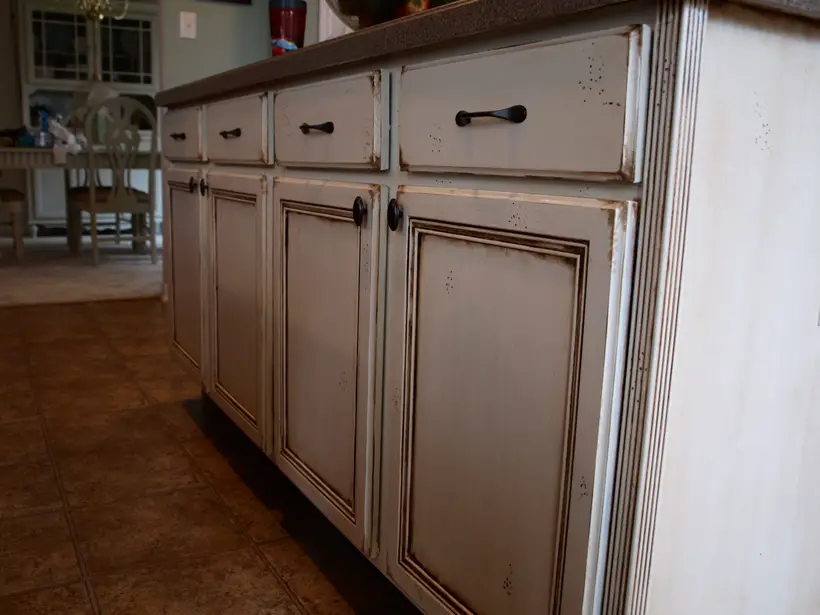
This allows you to add depth and age to the painted surface. Moreover, a stain can be permanent when you finish it properly with the right sealant.
Although applying a stain over paint is considered to be alright, there is the right method that you need to follow.
How Do I Apply A Stain over Paint for An Antique Look?
Putting stain over paint does make it look old and antique. However, if not done properly, it can certainly backfire and ruin the value of the art. Hence, here’s a detailed step-by-step guide on how to do it!
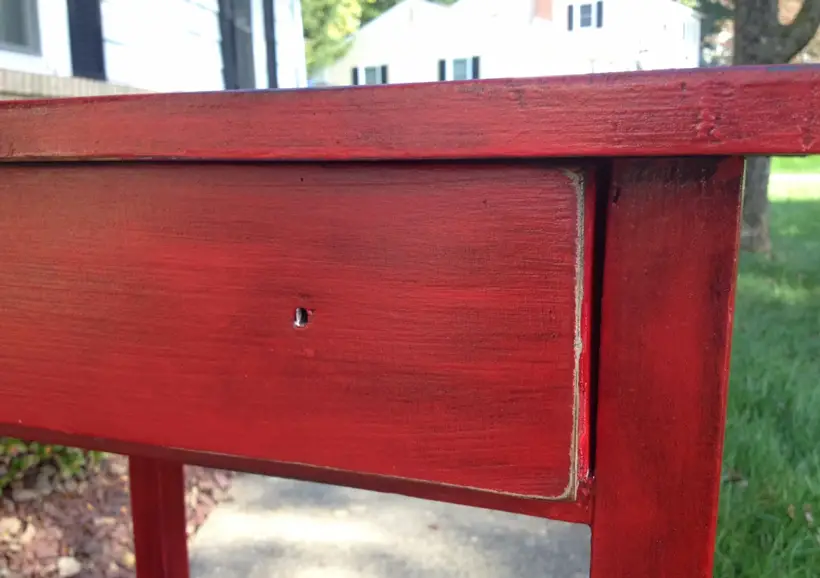
Step 1: Prepare the Surface
First of all, you need to prepare the surface by getting rid of any dirt from it. You can use water and dish soap for this.
Then, wipe the surface with a washcloth thoroughly. Once you rinse off the dirt particles, take a dry piece of cloth to wipe the water.
Step 2: Taking Precautionary Measures
Wear safety goggles and gloves for your safety. And don’t forget to put a cloth under the object to prevent other areas from getting stained.
Step 3: Sand the Surface
This time you have to sand the surface, which is an important step of this process. To do this, take fine-grit sandpaper to sand the surface lightly.
Light sanding is when you sand a surface for 3 to 5 minutes. This removes minor imperfections in the paint. After that, remove the dust from the sanding using a clean rag. Then dampen the rag and wipe the surface to clean the paint.
Step 4: Apply Stain And Sealer
Now, you can apply stains over the paint. To get started, take a fresh can and pour the stain into it. Then, use a foam brush to apply the stain on the paint evenly.
While you apply the first coat, make sure to keep it thin as it would dry faster. If you accidentally put any excess stain, use a staining pad to wipe it off.
As you apply the stain, you need to wait for about an hour to let it dry. Once it dries off, you need to apply a sealant to protect this coat on the paint.
Note that you must use a gel stain-compatible finish for this. To get a further idea about it in detail, here is a video that would help you.
Is It Wise to Stain Over Paint?
In general, you can put stain over paint if you wish. However, it is not recommended by a few painting enthusiasts.
This is because a stain can mess up a painting completely. Especially, if you are doing it for the first time, you have a high chance of making a mistake.
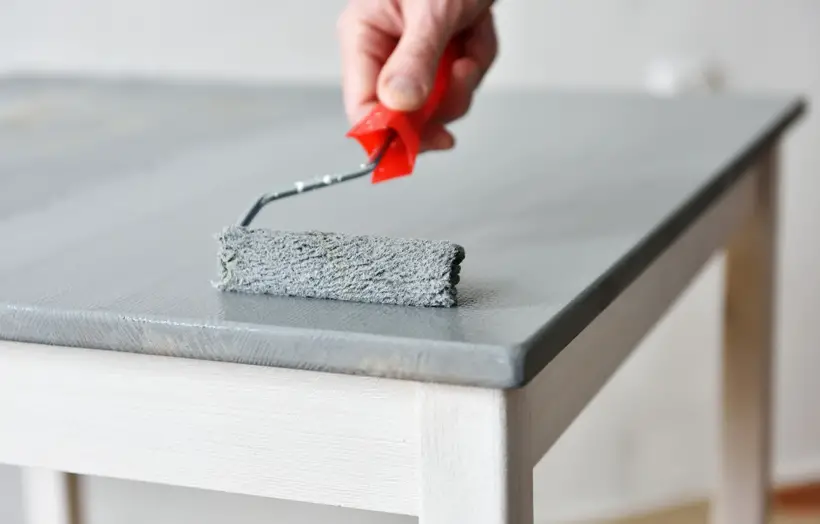
So, this will not cost you the stain only but the entire paint. Note that applying stain can also be environmentally problematic like spray paints. As a result, not everyone prefers putting a stain over paint.
A Few Things to Consider While Putting Stain Over Paint
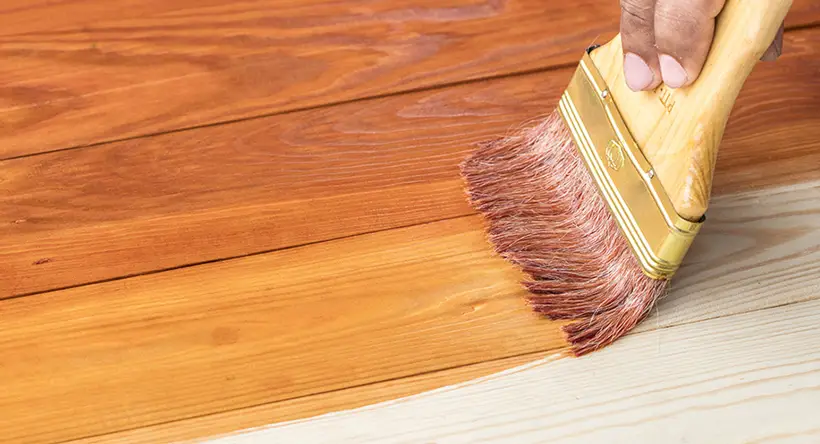
Here are a few tips for putting stain over paint. Take a look.
- Ensure that the painted surface is in good condition and well-adhered. Staining over non-porous materials like metal or plastic is unlikely to produce satisfactory results.
- The type of paint used can impact the outcome of staining over it. Stains adhere better to flat or matte finishes than glossy or semi-gloss paints.
- Before committing to staining over paint for the entire surface, conduct a test patch in a small, inconspicuous area. This allows you to assess how the stain interacts with the paint and the final appearance it provides.
- Proper surface preparation is crucial for successful results. Thoroughly clean the surface to remove any dirt, grease, or debris.
- Choose a stain compatible with the type of paint and the surface you’re working with. Consider using a gel stain, as it tends to sit on the surface rather than penetrate deeply.
- After applying the stain, you may need to apply a protective topcoat such as varnish or polyurethane to preserve the finish. Ensure that the topcoat is compatible with the stain and underlying paint to avoid polyurethane hazards.
FAQs
Here are a few commonly asked questions regarding putting stain over paint for an antique look!
Q: Is it possible to put stain over painted wood?
Yes, it is possible to do that. You can get started by sanding the surface with grit sandpaper. Then, apply the gel stain over the painted wood with a foam brush.
Q: Can I put a stain on the plywood?
Yes, you can put stain on plywood, but the looks will depend on the type of plywood. Oak plywood looks good if you put a stain on it. On the other hand, plywood, as in birch plywood, will look better than oak plywood.
Q: Can I apply stain on white paint?
Yes, you can do that. As white is a basic color, you can apply almost any color over it. However, to get your desired color, you must know about the combination before you put the stain on white paint.
The Final Words
Now you know if you can put a stain over paint for an antique look or not! We believe our article guides you to follow the process of putting a stain easily.
Now, before we wrap it up, we would like to share a small piece of advice with you. If you are applying stain on any object, cover the objects around it. No matter how big or small the objects are, you need to cover them to prevent any unintentional stains. Good luck to you!



